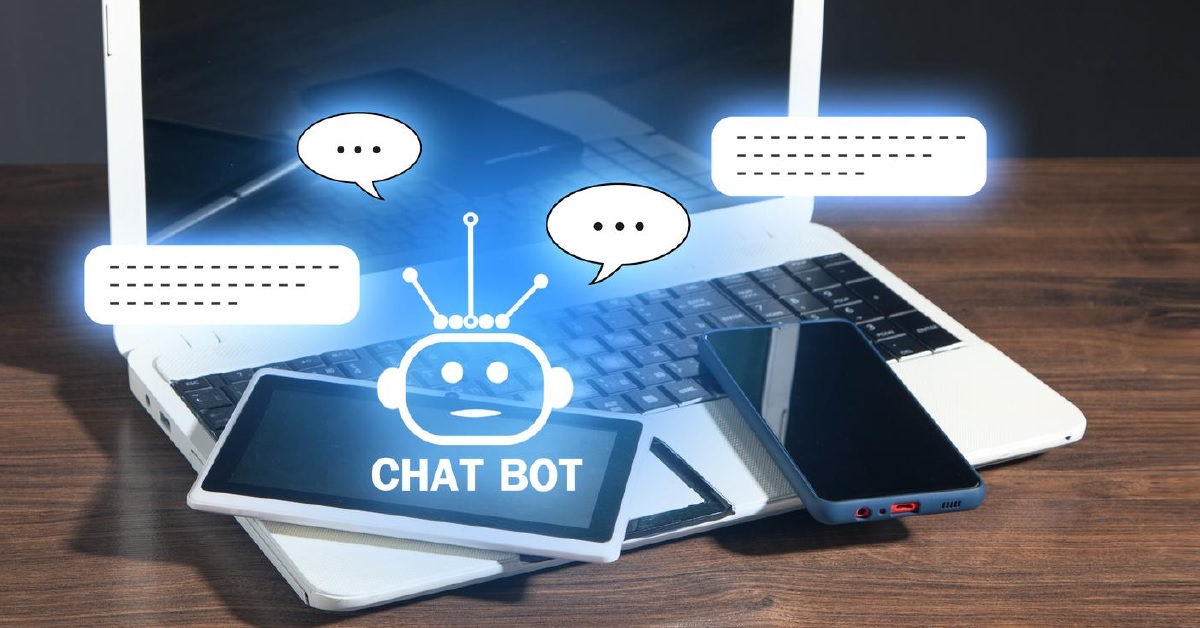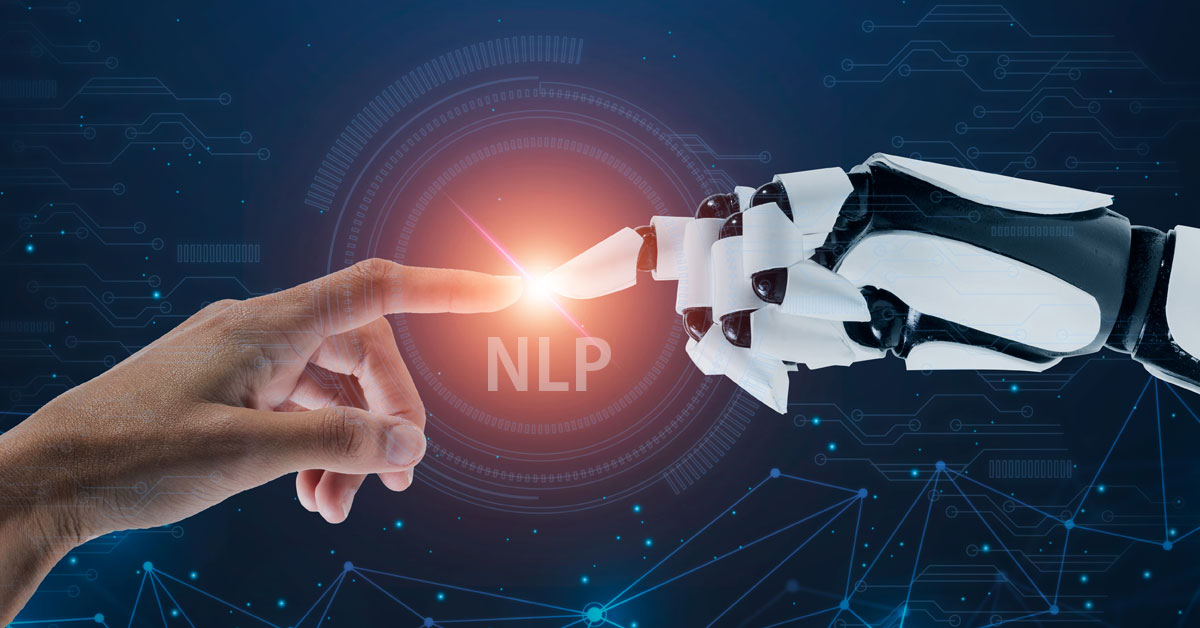AI-Powered Emotionally Intelligent Chatbots

6 min read
Emotionally intelligent chatbots are widely used. Virtually every website and smartphone app you visit has a bot to answer your questions. Even though chatterbots are everywhere, their effectiveness could be better because they are hardly human and bombard you with inquiries whenever you try to communicate with them. Most users would concur that it is irritating and complicates the process for us rather than making it more straightforward. Bot integration with Emotion AI can fix this problem.
With the help of emotional AI, it can better understand our needs and provide answers by tuning into our emotional states and better understanding our intentions. It results in a more human dialogue and a more satisfying customer experience. If you share your interest in the exciting idea of releasing the emotional intelligence potential of bots, you have come to the perfect place. This excerpt examines the advantages of integrating Emotion AI and how this integration is raised.
What is The Definition of Emotionally Intelligent Chatbots?
AI powered chatbots that simulate emotional intelligence are one technology used to connect with people. These virtual assistants can recognize and react to human emotions, which increases their relatability and communication efficiency.
Emotional intelligence is the capacity to understand, recognize, and regulate one’s emotions and those of others. It also involves having the ability to apply this knowledge to direct one’s thoughts and deeds. Daniel Goleman, a psychologist, first proposed this idea in 1995. Since then, it has received much attention in various sectors, including psychology, business, education, and even AI.
So, what sets emotional intelligence apart from traditional chatbots? The primary difference lies in their ability to interpret human emotions through natural language processing (NLP) techniques. It means that these online chat agents can analyze the tone, context, and sentiment of words used by humans during conversations.
Additionally, emotionally aware virtual assistants constantly refine their responses based on previous interactions by using machine learning techniques. They can gain knowledge from prior consumer interactions and modify their strategy accordingly. As a result, they can develop over time and offer a more human-like exchange.
One of their key advantages is improving the user experience by fostering more compassionate conversations. Understanding these bots may adjust their responses to the user’s emotions.
In What Ways can Emotionally Intelligent Chatbots be Applied Across Various Industries?
Customer service is one of the most notable sectors for deploying emotionally intelligent virtual assistants. They have changed how companies communicate with their clients. These bots can read a user’s words for signs of dissatisfaction, joy, wrath, or perplexity and react appropriately. Chatbot applications streamline customer service by offering immediate, round-the-clock assistance, enhancing user experiences, and conserving organizations’ time and resources. Customer satisfaction levels have increased, and problem-solving has been quicker and more effective.
But their utility continues beyond there. Furthermore, there are developments in the area of mental health support. They give people a place to express their feelings and ask for help in a safe and stigma-free environment. With the advent of telehealth services, these chatterbots have developed into valuable tools for therapists and counselors, enabling them to reach and support a larger audience.
How Do They Work?
It employs artificial intelligence (AI), natural language processing (NLP), and emotion recognition algorithms. Here is a little description of how they work:
-
Data Collection and Training
Large quantities of text, occasionally voice, and sometimes visual data are used to train these bots. Conversations, social media interactions, and other text-rich sources with emotional context may be included in these datasets. The AI model of the chatbot gains the ability to identify linguistic and dynamic patterns, including the relationships between particular words or phrases and various emotions.
-
Emotion Recognition
The chatterbot analyzes the input when a user communicates with it by speaking or sending a message. It might use sentiment analysis to assess the message’s overall emotional tone, searching for expressions of happiness, sadness, rage, etc. In some circumstances, if they can access audio or visual inputs, additional AI models may be utilized to identify emotions in voice or facial expressions.
-
Context Understanding
Natural Language Processing (NLP) abilities aid it in knowing the context of the conversation, including the user’s emotional state and the topics under discussion. It can recognize words and phrases pertinent to the conversation’s dynamic content.
-
Response Generation
It generates a response based on understanding the user’s input and emotional condition. Responses are customized to the user’s dynamic requirements and the conversation’s context. For instance, it may provide sympathy and support to a person who expresses despair or congrats to a user who shares good news.
-
Personalization
Emotionally aware virtual assistants frequently use personalization strategies to customize their responses for different users. To offer a more individualized experience, they might recall prior interactions and emotional states.
-
Learning and Improvement
Machine learning techniques frequently enhance the emotional intelligence of these chatbot services. They develop their knowledge of emotions and reaction techniques through user interactions and feedback.
-
Ethical Considerations
When working with emotionally delicate information, developers of emotional AI must consider ethical considerations and data privacy issues.
It’s crucial to remember that conversational agent efficiency and emotional intelligence vary greatly depending on their physical characteristics and level of training. They can offer helpful emotional support and aid but cannot replace qualified human involvement, particularly in urgent or challenging emotional circumstances.
Read more: Multilingual Chatbots – Challenges and Benefits of Creating
Benefits of Emotionally Intelligent Chatbots

Several essential advantages for emotionally intelligent virtual helpers are available across several industries. First, these bots offer easily accessible and understanding support to people needing mental health and emotional well-being. They can converse with users empathically, provide coping mechanisms, and track users’ emotional states over time, aiding in early intervention.
Moreover, it improves user experiences in business and customer support applications. They can recognize and address their clients’ emotions, creating more gratifying and individualized relationships. As a result, there can be an increase in client loyalty and a boost to the reputation of the brand.
Conversational agents with emotional intelligence can help students learn by customizing their instruction to their particular learning preferences and emotional needs. During challenging academic times, they can also offer emotional support.
These automated chat agents also help with data-driven decision-making. Organizations can learn important information about customer happiness, market trends, and also sentiment analysis by examining customers’ emotional responses.
It enhances human-machine interactions by bridging the gap between AI and emotional understanding. They are valuable tools in various industries, including mental health, business, education, and beyond, because they provide support, customization, and insightful data.
What are The Challenges and Ethical Considerations Associated with Emotionally Intelligent Chatbots?
Emotionally, intelligence powered by AI presents promising advantages but offers various difficulties and ethical problems.
-
Privacy and Data Security
Collecting and examining user emotional data raises questions about data security and privacy. Users can feel uneasy about having their emotional states recorded and monitored. To preserve confidence, it is essential to protect this private information.
-
Bias and Fairness
It may unintentionally reinforce prejudices seen in their training data. These responses may be biased if the training data includes language or prejudiced emotional expressions. A constant challenge is ensuring fairness and minimizing bias.
-
Accuracy of Emotion Detection
Emotion detection technology is only sometimes accurate and tends to misread emotions. Inaccurate inferences regarding a user’s emotional state due to an overreliance on these systems run the risk of injury or misunderstanding.
-
User Vulnerability
Careful design is required for chatbots powered by emotional intelligence, especially in mental health applications. These responses must be responsible and helpful without aggravating users in delicate emotional situations.
-
Lack of Genuine Empathy
These bots do not feel emotions despite their ability to imitate empathy. Users run the danger of developing strong emotional bonds with chatbots, which may not be beneficial or suitable for their long-term emotional well-being.
-
Transparency and Explainability
AI systems’ decision-making procedures sometimes risk being intricate and opaque. Users could find it challenging to comprehend why a virtual assistant responded in a particular manner, which might reduce trust. A fundamental difficulty is ensuring explainability and transparency.
-
Ethical Boundaries
It can be challenging to determine the moral limits of emotionally sophisticated chatbots. What kinds of feelings should they be able to identify? When dealing with emotional issues, when should they step in and leave it to humans? Finding the ideal balance is essential. Addressing these difficulties and ethical issues is crucial to ensuring that emotionally intelligent chatbots offer helpful support without compromising user privacy, well-being, or social values. Hence, regulatory agencies, ethicists, psychologists, and developers must collaborate to set moral norms and practices.
The Future of Emotionally Intelligent Chatbots
Chatbots with emotional intelligence are still in their infancy. With improvements in dynamic detection technology and integration with virtual reality, future advances in this subject are fascinating. These chatbots will improve at catching human emotions, offering even more assistance and comprehension.
Conclusion
As we move through the digital world, emotionally intelligent chatbots open the door to more kind and individualized interactions between people and robots. Their potential is limitless, and they have already demonstrated value in providing customer service and mental health support. It serves as a reminder that empathy and understanding may exist outside of the digital space in a world where technology can occasionally appear remote. It makes our interactions with technology feel more human. Finally, the future is bright, and as AI advances, it will become more and more critical to boosting human-computer relationships. Learn more about our Artificial intelligence application services.
Published: October 10th, 2023





